Entrepreneurial Opportunities in Energy Storage
Saturday, February 8, 2014
“He who cannot store will have no power after four.”
Baxter Lecture Hall, Caltech
To supply instant energy to meet our needs, utilities are required to generate enough energy on the fly. Renewable energy presents us with several problems, including intermittency due to atmospheric conditions (e.g. at night, on cloudy days or when the wind is not blowing). Energy storage and deliver-as-needed has many benefits: the ability to adapt to sudden changes in supply or demand, increased grid efficiency and a reduction in distribution-related issues.
The main issue in energy storage at the consumer and utility scale is its high cost. Recently, however, industry changes have made a drastic reduction in prices possible. Within the next two to four years, some estimates indicate that battery banks will drop from the present $1200/KWh to less than $400/KWh. The technologies competing for dominance in this space go from Lithium-Ion, Lithium-Air and Flow batteries to flywheels, pneumatic storage, and Super Capacitors. IHS Research has recently shown that the “worldwide market for PV storage is forecast to grow rapidly,” and will likely “reach $19 billion in 2017 from less than $200 million in 2012.“
The question clearly becomes how clever start-ups and small companies can bring technologies to market; which can store large amounts of energy at attractive prices, and then gain market share to attract the attention of large companies interested in forming partnerships or, perhaps, to be acquired or go IPO.
Professor Nathan S. Lewis
Panelists:
Dr Jeffrey G. Reed
Brian Wong
Program Producers:
UC Irvine Chief Executive Roundtable
Nochebuena R&D

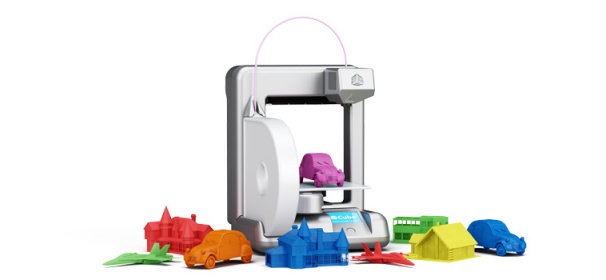
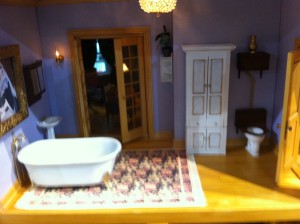
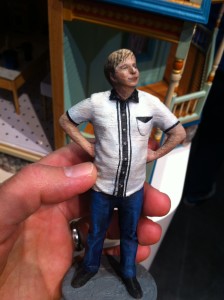

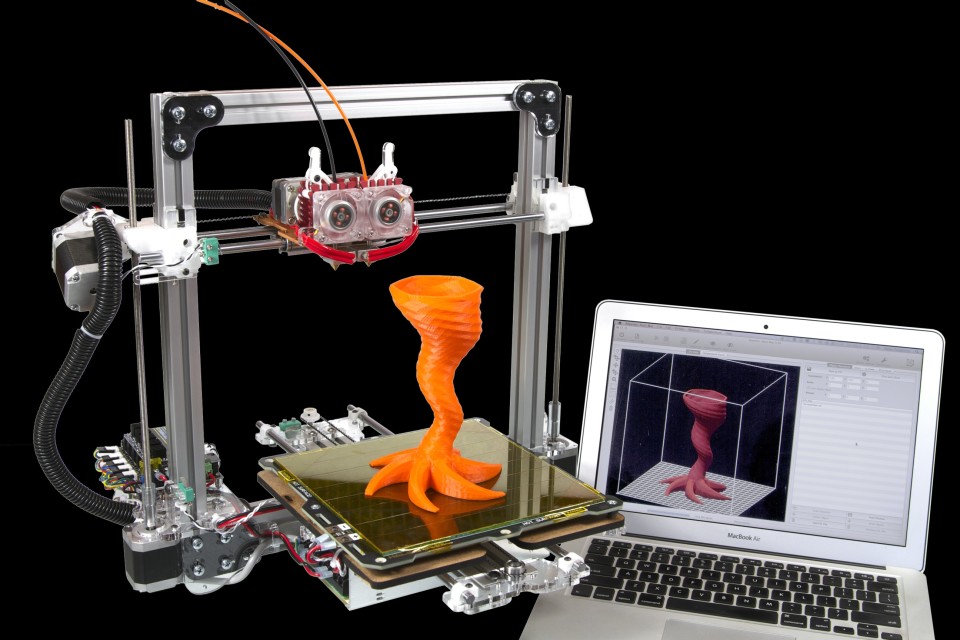

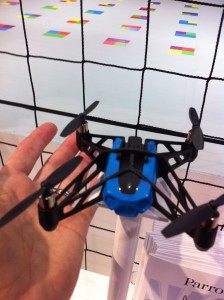
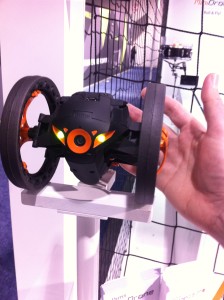
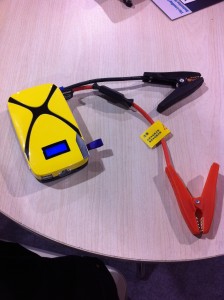
 Map of Southern California startups courtesy of
Map of Southern California startups courtesy of 